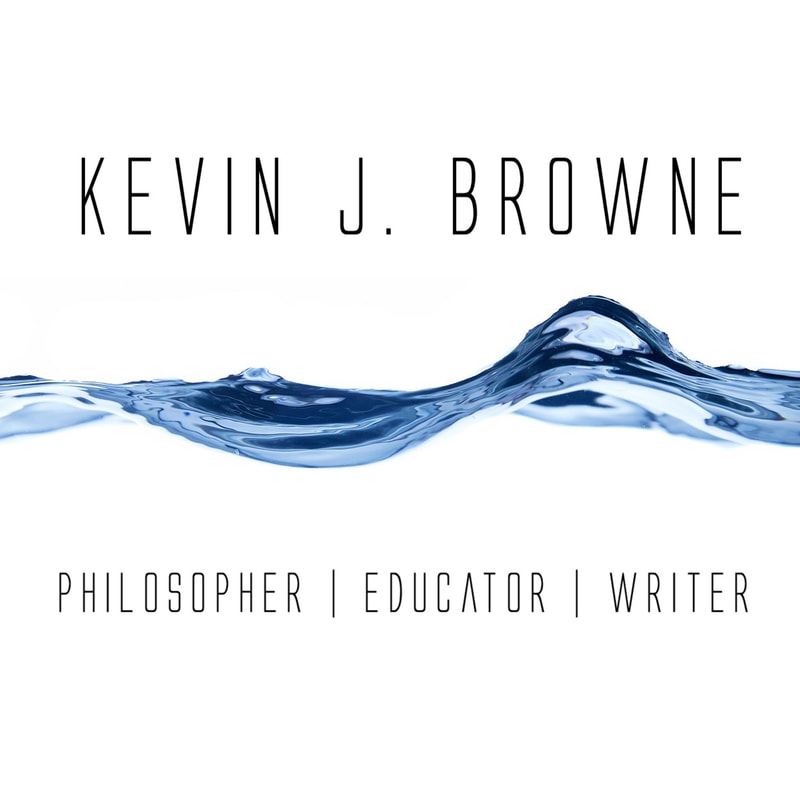|
Image by mohamed ramzee from Pixabay
If we’re really serious about teaching creativity and problem solving why not teach individual subjects through these skills as opposed to teaching individual subjects and hoping that students learn creativity and problem-solving as products. Let's examine a few examples:
Right now math is taught by assigning reading out of a textbook and problems to work with in-class time spent explaining the procedure for solving the problems and practicing solving textbook problems.
Instead, why not present students with real-world problems which can be solved by using mathematical thinking and techniques. Students have to find solutions and experiment with them. Invariably, in the course of this work, they will discover the utility of various mathematical concepts. Right now psychology is taught by assigning reading out of a textbook and lecturing on it. Sometimes students are shown videos and engage in-class discussion. Instead, why not present students with real-world problems which can be solved by using principles of psychology. Students have to find solutions and experiment with them to find the best ones. Invariably, in the course of this work, they will discover the utility of various psychological concepts. You get the point. This approach can be used for any number of subjects including history, philosophy, physics, biology. The key is to emphasize techniques of creative thinking and problem solving more directly. In Michael Michalko’s book Creative Thinkering, he discusses combining ideas from different subject areas as an important aspect of creative thinking. To succeed using this technique you need to have a solid foundation in the subject matter you’re connecting but you also need to practice making connections. It is this second component that is often missing in most classes because the focus is primarily on the subject matter. The hope, and it is often no more than this, is that students will arrive at creative thinking and problem solving by learning the subject matter. But, without some direct practice of these skills that is not likely. Real-world problems differ from textbook problems in that their solutions are unknown. Perhaps there is no solution. It is the ambiguity and uncertainty that create a problem. Real-world problems entail the possibility of failure. Not in the sense of making a poor grade but in the sense of failing to accomplish a meaningful goal that is important to you. So, real-world problems involve real-world risks. But, without those risks, not much learning will occur. As educators, we have to give students the space and opportunity to take those risks.
0 Comments
Leave a Reply. |
KEVIN J. BROWNEPhilosopher / Educator These blog posts contain links to products on Amazon.com. As an Amazon Associate I earn from qualifying purchases.
Categories
All
Archives
April 2023
|




 RSS Feed
RSS Feed
















